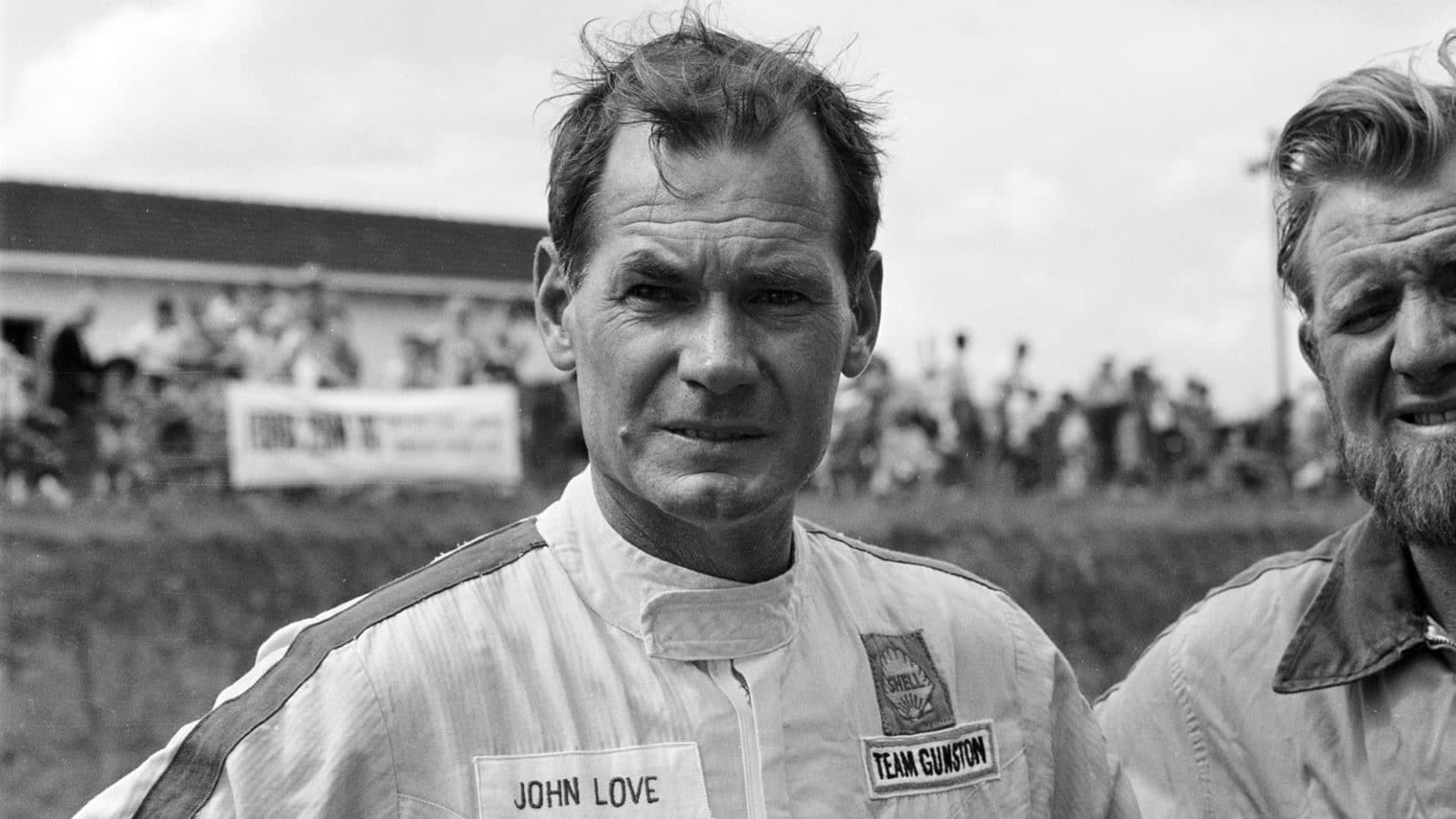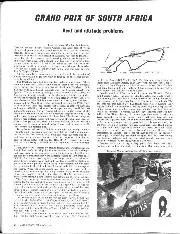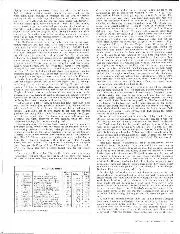“It was a good car, and of course our races in South Africa weren’t that long. But it didn’t have the fuel capacity to take us through for a full grand prix, so we made a couple of aluminium slab tanks and put them on each side. We had a 2.7-litre Climax four-cylinder, and because all the works cars entered, we thought we would probably be a couple of laps adrift by the end of the race. We looked at the face value of the race and the cars we were competing against. Brabham had the Repco, BRM had the H16, the Honda was there – they were all pretty quick motor cars.”
This was the first world championship race at Kyalami, but more than half of the visitors had raced there before, and three days of practice gave everyone more than enough time to cancel out Love’s local knowledge. In fact the meeting stretched over two years, because qualifying took place on 29-31 December 1966!
Love didn’t run at all on Thursday, but stunned everyone by being second-fastest to Denny Hulme on Friday. He then chose not to drive on Saturday not because he felt he couldn’t improve his time, but out of financial necessity.
“We were racing on a shoestring, and we really didn’t have any money. We didn’t have a spare motor if we blew that one, which I’d already borrowed from Sam Tingle. It was a bitza, quite honestly.”
“I couldn’t believe my eyes. I just kept plodding on and plodding on”
It was a good idea to save the car, since the intense heat was creating fuel vaporisation problems, and much attention was paid to ensuring pumps were well cooled and were up to the job. “We were in the same garage as Jo Siffert, who was driving Rob Walker’s Cooper-Maserati. We had two Bendix pumps, and Jo wanted to borrow one because he didn’t have the right stuff. We had two, so he took one and we took one.”
On Saturday Jack Brabham, Jim Clark and Pedro Rodriguez went quicker and demoted John to a still creditable fifth. Since it was New Year’s Eve, a party of epic proportions took place that night, and it was just as well that Sunday was a rest day. The teams reconvened at the track on Monday 2 January where a huge crowd of 100,000-plus made for a wonderful atmosphere. All were keen for Love and fellow locals Dave Charlton, Sam Tingle and Luki Botha to put on a show.
John didn’t make a good start and slipped into the midfield, but he soon picked up a sparring partner.



